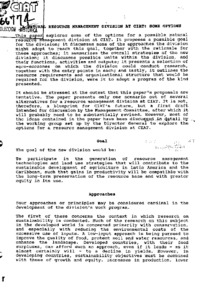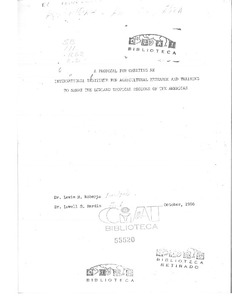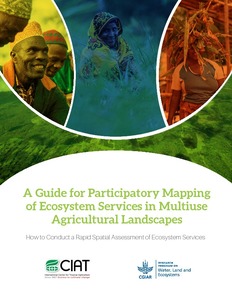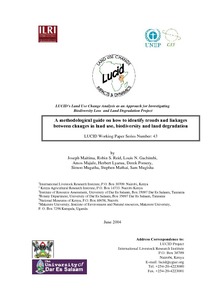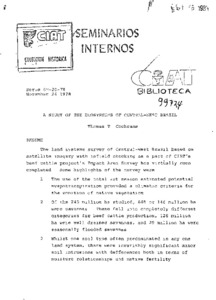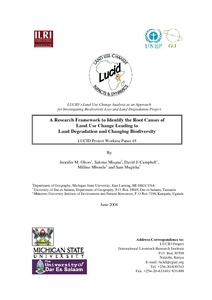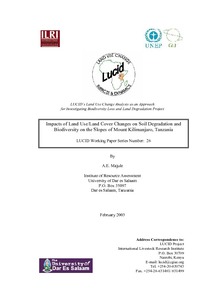A Gap analysis methodology for collecting crop genepools: a case study with Phaseolus Beans
Background:
The wild relatives of crops represent a major source of valuable traits for crop improvement. These resources are threatened by habitat destruction, land use changes, and other factors, requiring their urgent collection and long-term availability for research and breeding from ex situ collections. We propose a method to identify gaps in ex situ collections (i.e. gap analysis) of crop wild relatives as a means to guide efficient and effective collecting activities.
Methodology/Principal Findings:


